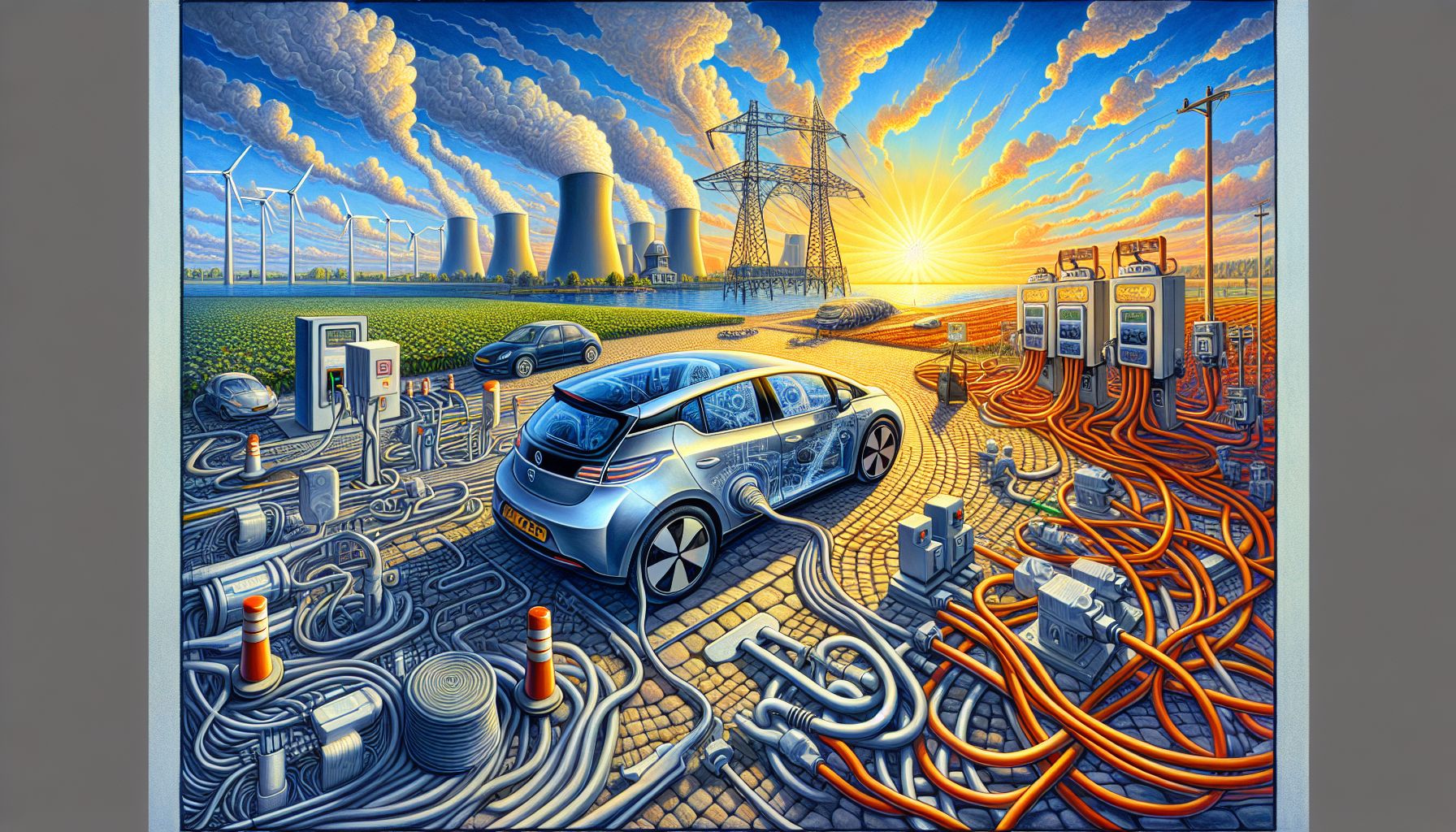Dutch ROBUST Project Tests Bidirectional EV Charging for Grid Stability

Netherlands, Tuesday, 15 October 2024.
The Netherlands’ ROBUST initiative is pioneering bidirectional charging technology for electric vehicles, allowing them to both draw and supply electricity to the grid. This innovative approach aims to enhance power grid stability and support the transition to renewable energy sources.
Enhancing Energy Efficiency
The ROBUST project, spearheaded in the Netherlands and funded by the RVO (Rijksdienst voor Ondernemend Nederland) subsidies, is at the forefront of integrating bidirectional charging technology into electric vehicles (EVs). This technology enables EVs to not only consume energy from the grid but also supply it back, effectively transforming vehicles into mobile energy storage units. This innovation is set to play a crucial role in balancing supply and demand within the power grid, particularly during peak demand periods or when renewable energy production exceeds consumption[1].
Utrecht: The Testing Ground
Utrecht, a city well-known for its commitment to smart mobility, serves as a pivotal testing ground for the ROBUST project. Companies such as We Drive Solar are actively collaborating to expand this initiative, aiming for large-scale trials by 2025. Robin Berg of We Drive Solar highlights the importance of real-world applications in understanding the full potential of bidirectional charging technology. The city’s infrastructure allows for a comprehensive evaluation of how effectively these EVs can integrate into the existing energy management systems, making it a model for future urban planning[2].
Supporting Renewable Integration
Bidirectional charging is integral to the concept of Vehicle-to-Grid (V2G) technology. This system supports the incorporation of renewable energy sources by storing excess energy during periods of high production and redistributing it during lower production times. In doing so, V2G technology not only stabilizes the grid but also reduces reliance on traditional and often environmentally harmful power plants. By acting as distributed energy storage systems, parked EVs equipped with V2G technology can mitigate the risk of blackouts and improve the overall reliability of the power supply[3].
Future Prospects and Challenges
Looking forward, the ROBUST project is exploring the potential of expanding bidirectional charging technology to shared electric vehicles. This expansion is seen as a vital step in the broader energy transition, although it presents several challenges. The need for further innovations and collaborations with other technological stakeholders is evident to overcome obstacles related to infrastructure and energy management. The positive response from agencies like the RVO underscores the enthusiasm and potential impact of these advancements on a global scale[1].

